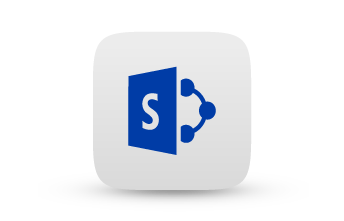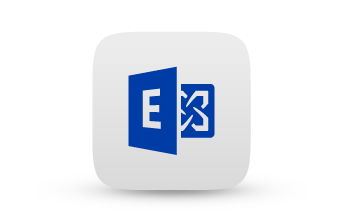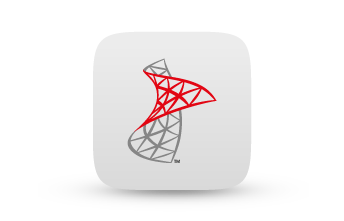Storage Spaces Direct
Storage Spaces Direct (S2D) is a revolutionary software defined storage solution included in Windows Server 2016, offering the same advantages of the Storage Spaces feature added in Windows Server 2012 R2 but without the need for shared storage, which previously required large investments in hardware. Storage Spaces Directed is fully supported in OpenStack with Cloudbase Solutions’s Cinder SMB3 driver.










